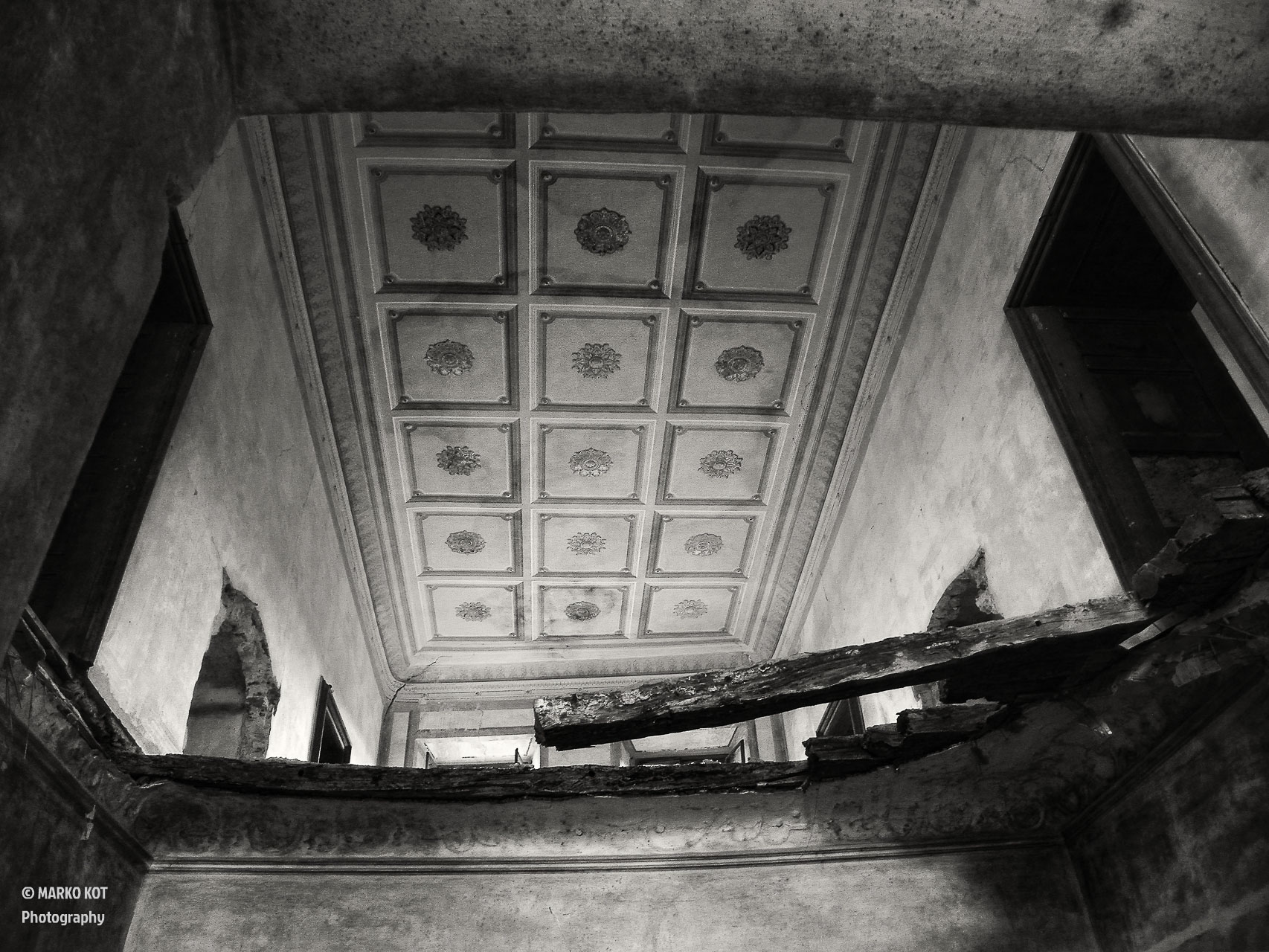Slovenia’s feudal legacy is very rich. Today, there are 350 castles, manors, and manor houses in Slovenia. If we add ruins, the number jumps to over 500. A handful of them are well visited, such as Ljubljana Castle, Bled Castle, Predjama Castle, Ptuj Castle, Castle Celje, etc. The State manages 166 castles, 50 of which have been converted into museums with additional restaurant and other tourist services, 15 into hotels, and 23 into public institutions such as psychiatric institutions, retirement homes or prisons. Among the remaining castles – those that have not been able to position themselves as a museum, gallery, restaurant, or wedding venue – there are many more that most Slovenians have never heard of, let alone tourists. They are quietly deteriorating, deep in the shadows of a few of the biggest ones, with no resources and no future. The problem here is that we are not always able to promote well the natural beauty, cultural heritage and other attractions that small Slovenia has to offer.
With this series of artistic photographs, I would like to highlight the many stories of the (non) preservation of castle heritage in Slovenia and the disappearance of castle complexes, which certainly do not deserve the fate that they are destined to meet, at least for the time being. I decided to use black and white technique because it removes any distraction of color and helps the viewer focus on other aspects of the photo, such as the subject, the textures, shapes and patterns, and the composition. So Without the full spectrum of colors at my disposal, I must center my focus on other artistic factors; framing, line, depth of field, tonal contrast, dynamic range, shadow, and light. I don’t consider this a limitation but as a surmountable challenge.
The Castle of Podčetrtek is one of the oldest castles in the region. It once stood on the old state border, on the Sotla River, opposite Croatia and Hungary.
Podčetrtek Castle, situated on a rocky pier on the hill above the village of the same name, was built up at an early date, but its owners, the Knights of Landsberg, the feudal lords of Krško, as well as the castle itself, were not mentioned until the beginning of the 13th century. In 1209, the knight Engelscalcus de Landesperch is mentioned, and in 1261 the castle is referred to as castrum Lansperch. The Romanesque castle of Podčetrtek was destroyed during the war with the Hungarians in the second half of the 15th century and is only commemorated by the remains of a tower on the hill above it. Around 1520, the present castle building, a four-storey, two-bay building with two round towers one storey higher, was built on the site of the old castle, which was extensively renovated and rebuilt by the Attems in the last century. From 1527, Podčetrtek was ruled by the Tattenbachs, and from 1682 until the end of World War II, the Attems were the owners of the castle. During the war, the castle was completely looted, after which it was used for housing, and now it is falling into ruins. The castle is privately owned and is looking for a new owner.
Castle Luknja – was one of the most fortified castles of Dolenjska.
Today’s castle ruins are located under the rocky overhang of Lukenjska Gora, above the spring of the Prečna River in Prečna near Novo mesto. Luknja Castle was first mentioned in written sources as das Luegg in 1351, and is said to have been built in the 13th century by the Knights of Predjama (Lueggers). In 1484, after the death of Erasmus of Lueg, the castle belonged to the Habsburgs, who owned it until 1494. At the end of the 15th century, the Habsburgs gave the castle to the Galli, who owned it for about 100 years, during which time they rebuilt it and built new buildings and walls with defensive towers. It was then appropriated by the Counts of Barbo. In 1912, the owner became the Ljubljana People’s Loan Bank, from which the castle was eventually bought by the merchant from Novo Mesto Franc Seidl, who owned it until the Second World War. At the beginning of the 20th century, the castle was still preserved, but due to the Roof tax after the First World War, the owner tore the roof off and left the castle to crumble.
Today, the castle is only a pale shadow of its former glory, but the ruins still show the remains of the original castle with its tower-like building, defensive towers and stone window frames.
See you next time…












